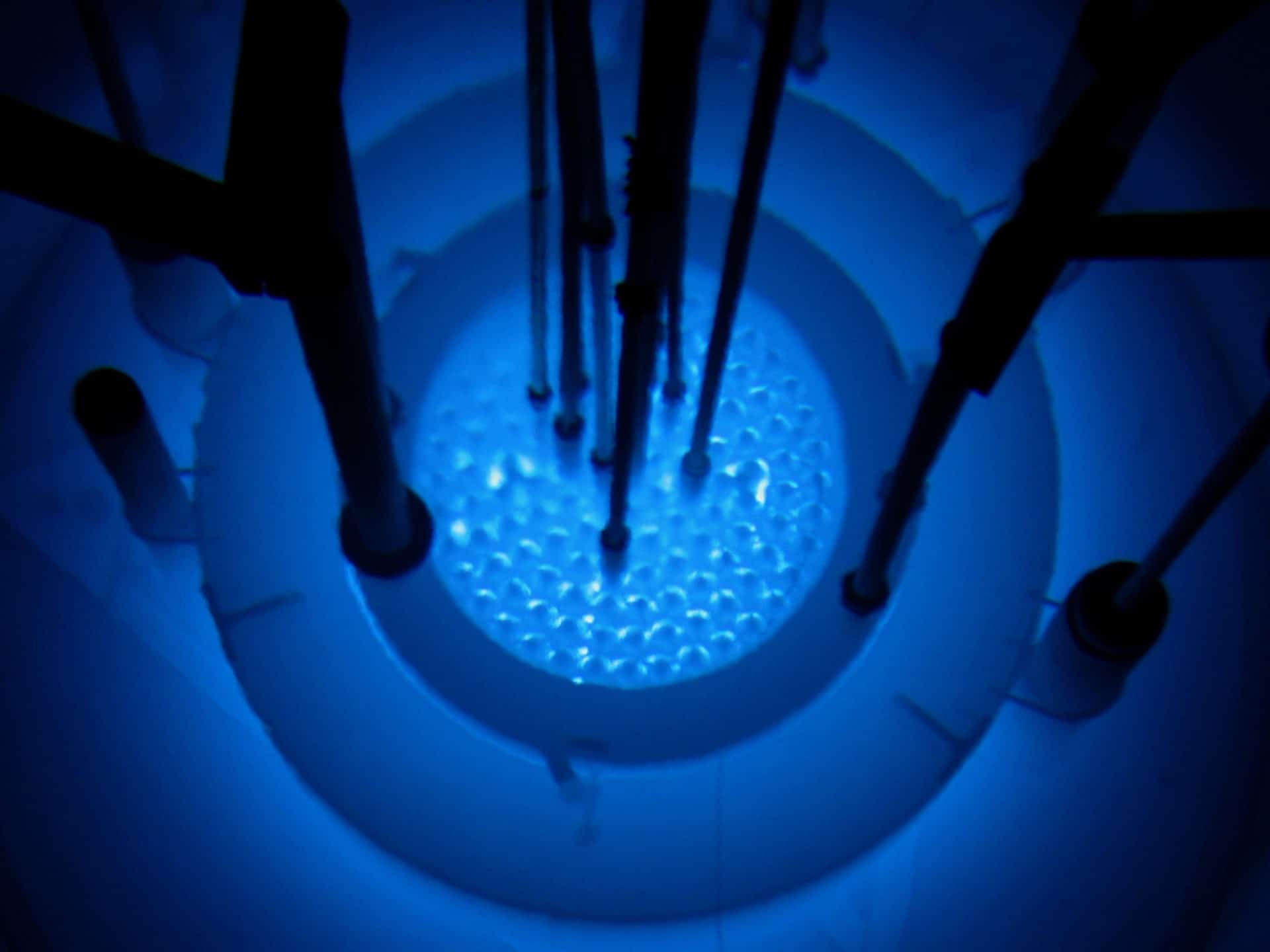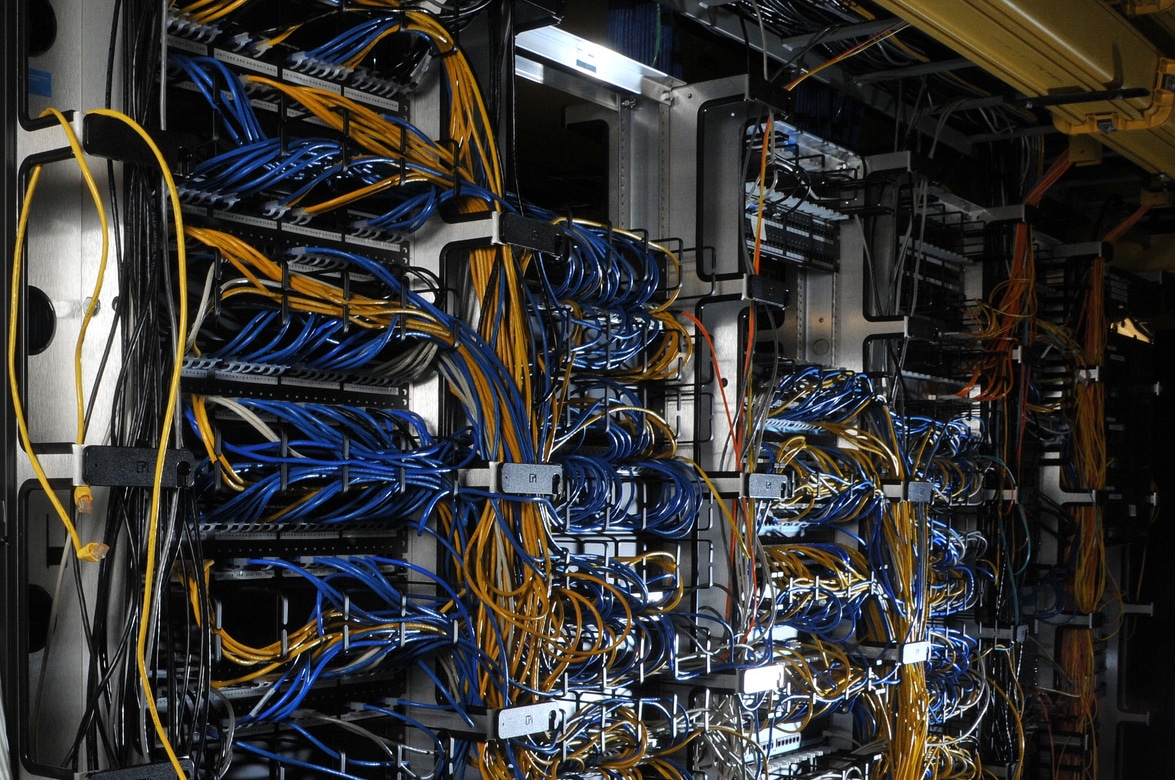Facilities

Nuclear Science and Engineering Center
The Nuclear Science and Engineering Center (NuSEC) supports faculty engaged in research related to Nuclear Science and Engineering at The Colorado School of Mines. NuSEC manages the research relationship, space, and experimental infrastructure used by Mines faculty and researchers at the US Geological Survey’s TRIGA Mark I reactor facility at the Denver Federal Center in Lakewood, CO (five miles from the Mines campus).
The reactor laboratory houses experimental systems for gamma spectroscopy, neutron activation analysis and neutron radiography. Colorado School of Mines laboratory space at the Denver Federal Center is home to electron and optical microscopy facilities for nuclear materials analysis, as well as wetlab space for chemical analysis. The TRIGA reactor is also used in conjunction with a graduate course in reactor operations that is taught by senior reactor operators.

High Performance Computing
The ability to model multiphysics problems at multiple temporal and spatial scales is increasingly needed to understand the performance of next generation reactors, fuel cycles, and materials. High performance computing plays a central role in these efforts. The need to perform massively parallel computations in reactor physics and thermal hydraulics is now the norm, not the exception. The properties of next generation reactor materials are often tested and refined through simulation as well.
The center for High Performance Computing at The Colorado School of Mines maintains a 10,496 core IBM BlueGenQ supercomputer as well as a scalable Penguin cluster with 1,920 Intel cores and 2,304 Nvidia GPU cores. Both systems are available to faculty across the University, and are actively used in research by faculty in the Nuclear Science and Engineering program.
The Nuclear Science and Engineering program maintains a student computing laboratory for instruction in the MCNP family of codes as well as RELAP, SCALE, SERPENT, COMSOL, Solidworks and Matlab. The laboratory is equipped with 10 Mac Pro workstations (five eight-core machines and five 12-core machines) that are linked to form a cluster with which students can learn MPI and MPICH. The computer lab also contains a Windows-based tomographic reconstruction workstation.

Radiochemistry Laboratory
Researchers often use non-radioactive “surrogates” in an attempt to understand the chemical behavior of radioactive elements, but no surrogate can truly replicate the unique nuclear and chemical properties inherent to a specific radioactive element. To really understand the chemistry of a radioactive element, scientists and engineers must work with the actual element. However, the specialized facilities required to safely conduct experiments with dispersible radioactive elements, particularly alpha emitting transuranium elements, are rare. The radiochemistry laboratories at The Colorado School of Mines make these rare facilities available to researchers in the Nuclear Science and Engineering Program.
The Mines Radiochemistry Laboratory is a fully equipped laboratory on the Mines campus dedicated to chemical experiments with radioactive materials from tritium, the lightest radioactive nuclide, to einsteinium, the heaviest element available in weighable quantities. In addition to a full suite of research-grade counting equipment, the facilities include equipment for thermodynamic and kinetic studies of chemical reactions and for characterization of chemical separations or geological transport. A set of optical spectrometers and fluorimeters is also maintained. The Nuclear Science and Engineering Program maintains additional radiochemistry laboratory space adjacent to the Geological Survey TRIGA Reactor at the Denver Federal Center through the Nuclear Science and Engineering Center, NuSEC.